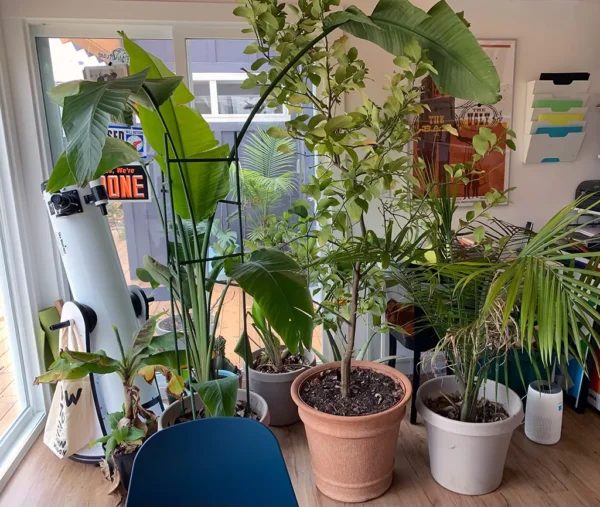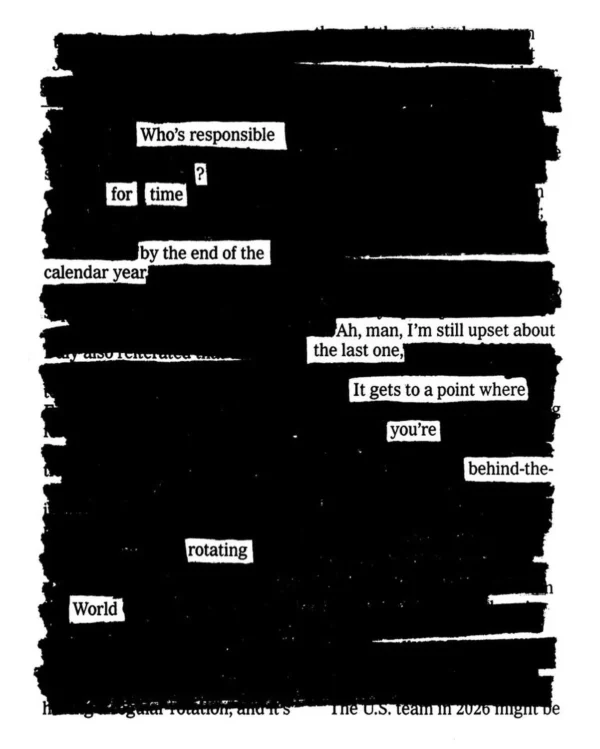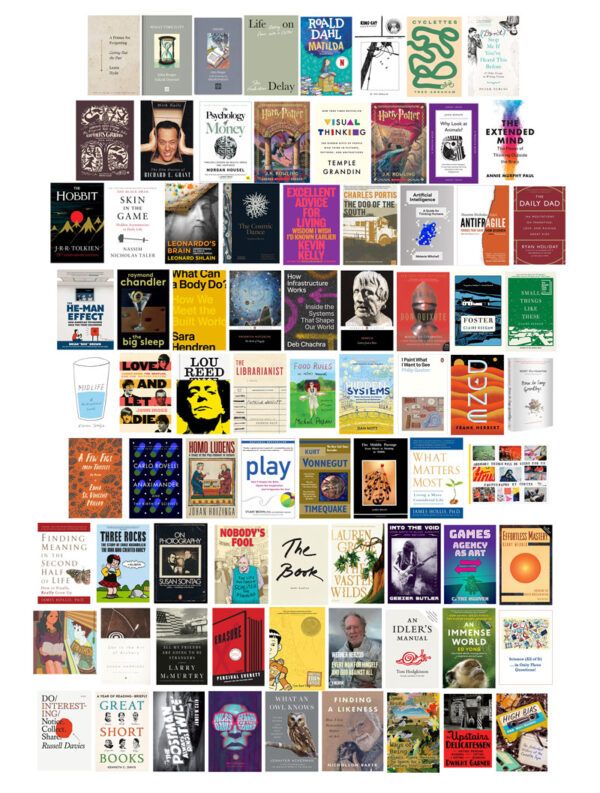
In today’s newsletter, I write about gardening metaphors:
I love living with a gardener because not only do I get to enjoy the harvest without doing much (if any) of the work, I also get exposed to gardening tips which become metaphors for my own creative work. (The “gardening” tag on my blog is now dozens of posts deep and the last chapter of my book Keep Going is called “Plant Your Garden.”)
“When botanists go walking the forests and fields looking for plants, we say we are going on a foray,” writes Robin Wall Kimmerer in Braiding Sweetgrass. “When writers do the same, we should call it a metaphoray.” (I prefer “metaphoraging” — searching for metaphors.)
I collect gardening metaphors because the lessons of gardening are basically the opposite of the messages we receive from our controlling, technocratic, perfectionist, algorithmic, optimizing status quo.
“The garden is an unhappy place for the perfectionist,” writes Michael Pollan. “Too much stands beyond our control here, and the only thing we can absolutely count on is eventual catastrophe.” (Sounds like, well, life in general.)
You can read the rest here.




